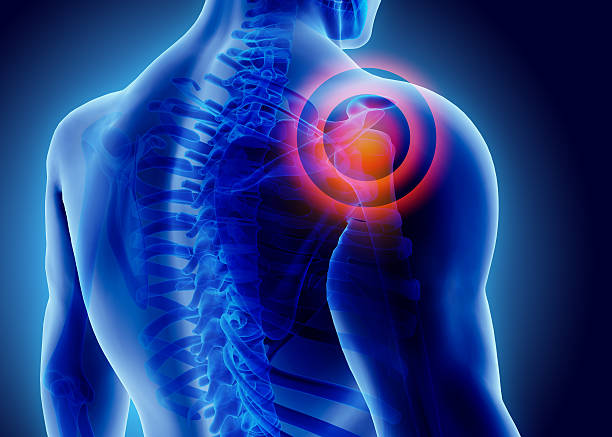Our Expertise
SHOULDER ARTHROSCOPY
Shoulder arthroscopy surgery treats multiple problems within the shoulder joint using a specialized camera and instruments. This minimally invasive procedure allows for small incisions, enabling quicker recovery compared to open surgery and helping patients return to their normal activities sooner.
- Diagnosis: Comprehensive evaluation using physical exams and imaging studies.
- Surgical Procedure: Minimally invasive arthroscopy with small incisions and specialized instruments.
- Post-Surgical Care: Immediate pain relief with regional blocks and tailored rehabilitation plans.

Shoulder Arthroscopy
At Arthrogenix, we strive to provide personalized and effective care to ensure optimal recovery and return to normal activities for our patients.

The pump maintains optimal visualization by introducing sterile fluid into the shoulder, ensuring a clear view of the surgical site. The surgeon makes a small incision to insert a cannula, which is used to introduce instruments and implants throughout the procedure. Each arthroscopic instrument is designed to pass through the cannula without causing injury to the soft tissue.

